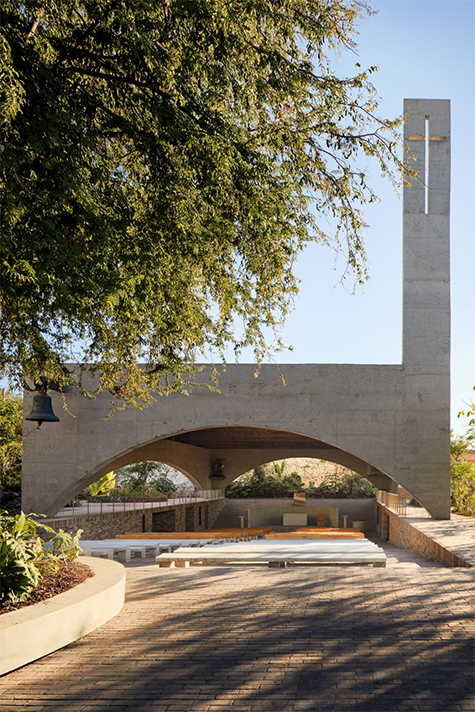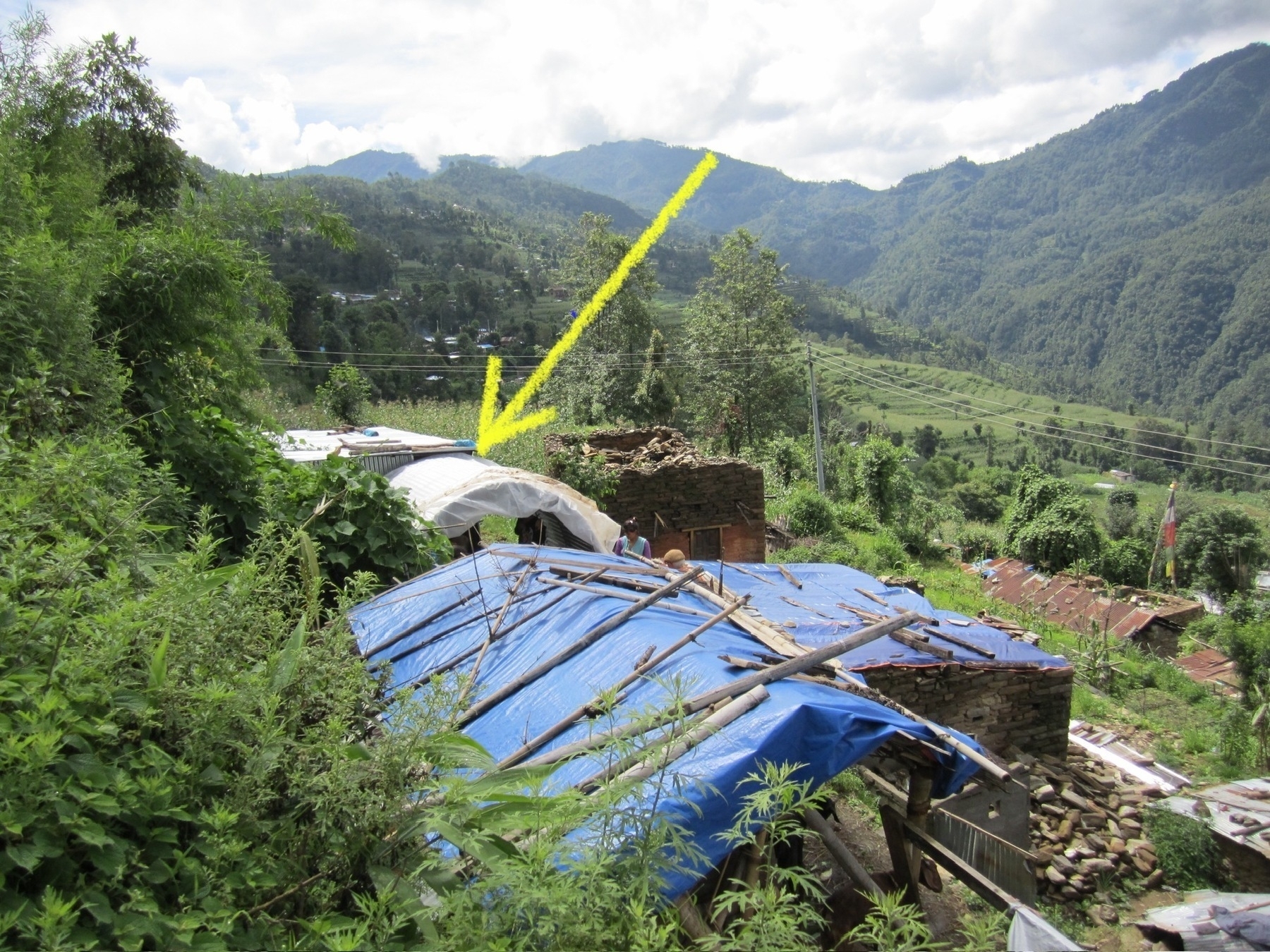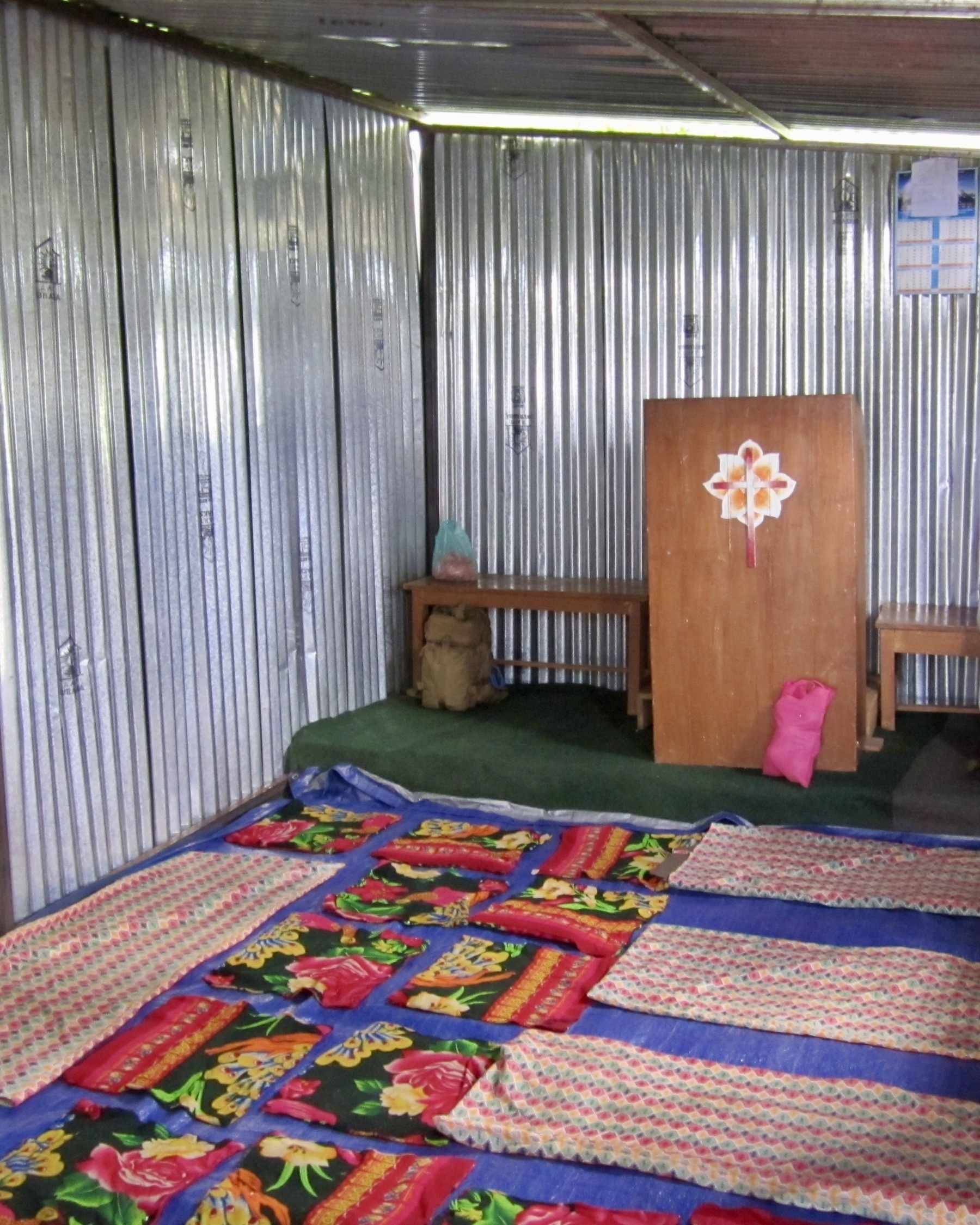
Sanctuary of the Lord of Tula, Mexico (Photographed by Rafael Gamo)
How does one define “church architecture”? A whitewashed chapel, topped by bell and steeple? A vaulted Gothic cathedral? Further, if you wish to learn about church architecture, where would you begin? Generally, definitions are relegated to the domain of the art historian, with textbooks written to organize “church architecture” into a cleanly defined lexicon of styles and substyles.
However, I’d like to position “church architecture” as the convergence of two distinct domains: church and architecture. The domain of the church is not a fixed religious entity but rather a spiritual frontier. Second, the domain of architecture is not merely a profession but an intellectual frontier. Thus, “church architecture” should not be understood as a fixed definition but rather as an emergent territory between the ever-expanding frontiers of knowing and being.
One of my most memorable experiences of “church architecture” was a corrugated sheetmetal shack that occupied the corner of a terraced slope in Petku, Nepal.

The church had an open, arched sheetmetal foyer before the entrance. Inside, the room spanned perhaps 10 feet by 20 feet, with floral rugs covering the entire floor. At the front was a slightly raised podium, covered by a turf rug. On it, surrounded by two small benches, sat a stained lectern decorated with a cross over a white and orange Plumeria.

And that’s it. A limited opportunity for church architecture if there ever was one. Significantly, though, it didn’t feel limited by its limitations. It was quaint, clean, reverent, and attended to.
As Alain de Botton put it:
We may need to have made an indelible mark on our lives… before architecture can have any perceptible impact on us, for when we speak of being “moved” by a building, we allude to a bitter-sweet feeling of contrast between the noble qualities written into a structure and the sadder wider reality within which we know them to exist.
It was in 2015 when I visited Petku, and that little church building existed within the sadder wider reality of a devastating earthquake.
But it — the building and its attendees and attenders — existed beautifully within that wider reality.